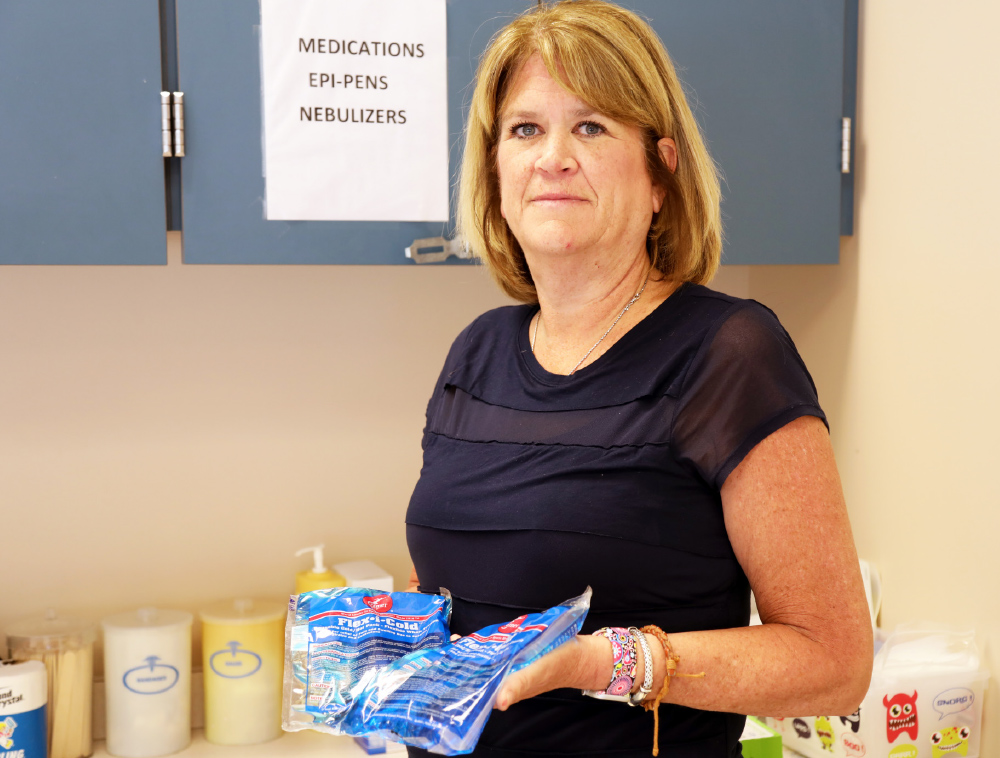Union program connects school nurses across the state
chool nurses face a common misconception about their jobs — they’re only there to put on band-aids and apply ice packs — and they say that’s only making it harder for them to meet their growing responsibilities.
“The biggest challenge of this profession isn’t the kids, it’s the lack of resources,” said Constance Griffin, RN, certified school nurse and member of the Valley Central Teachers Association. “It’s the lack of understanding about what we do.”
Enter the NYSUT School Nurse Connection, a new program designed to support these essential school personnel by providing valuable training, on-the-job support, and advocacy for this underrepresented professional sector.
Tricia Geisel, NYSUT’s Workplace Health & Safety specialist who has been helping spearhead the union initiative, said school nurses are in a unique professional position.
“When you work in a hospital, everyone knows why you’re there. It’s for patient care,” said Geisel. “When you move to a school, the primary purpose becomes education, not health care, and that’s a transition for nurses. Teachers don’t realize the extent of what school nurses do, and often there’s not really anyone to talk to about that.”
“People think we’re just the quick fix. They don’t see what we do every day or understand our connection to children’s health,” said Griffin. Griffin is part of the organizing committee for the School Nurse Connection, and said she is happy to see NYSUT stepping up to make sure nurses get what they need. Proper equipment and facilities top their list of demands, she said.

ANDREW WATSON
School nurses also struggle to find appropriate professional development opportunities, she said. While educators are given ample in-service training opportunities, conference days are rarely geared toward nurses. “School nurses often have to go to a training that is not aimed at or beneficial to them, and then, they have to stay extra late to finish up their own work,” Griffin said.
The School Nurse Connection plans to offer virtual and in-person training on critical topics like HIPAA, the Federal Education Rights Privacy Act, immunizations, dealing with parents and more. NYSUT surveyed school nurses this year, and their input will help shape future program offerings, explained Geisel.
The School Nurse Connection will also be just that — a connection. Unique professional demands, combined with their relative scarcity in numbers, has left many school nurses feeling disconnected from their peers.
“A lot of school nurses do this work by themselves, and it’s not just the student population they have, but the entire staff, too. They feel responsible for the health of that school community, and that’s a lot of pressure,” said Geisel. The nurse network will give them access to nurses across the state who they can share experiences with and learn from. It will also give them the tools they need to advocate for themselves.
“We need support from school staff and administration. We need to hear them say, ‘We hear you. We need you, and let’s do this together,’” said Griffin.
For more information on the NYSUT School Nurse Connection, email tricia.geisel@nysut.org.